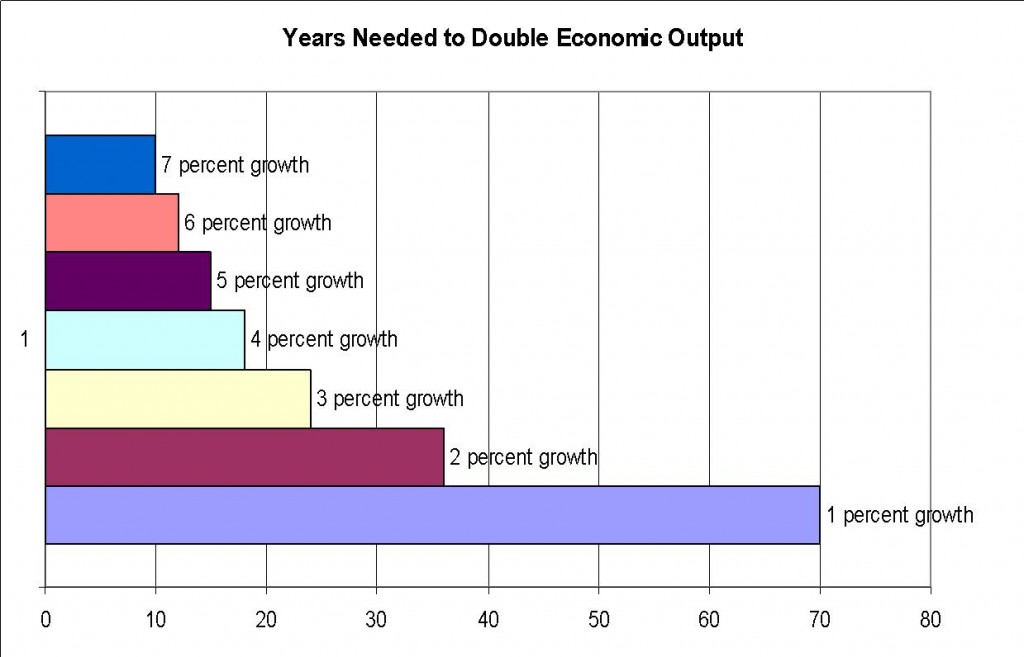A paper posted on the Social Science Research Network looks at nations that are prospering compared to those that are stagnating. Not surprisingly, limited government and free enterprise policies are associated with better economic performance. Here’s an excerpt from this new research.
What can we conclude about the effect of various policies on economic growth? What lessons can we learn from the growth miracles of recent years, and how can we avoid the sorry fate of the growth disasters? The countries that have been most successful at increasing their economic growth rates, and therefore at raising the living standards of their population, have all shared a commitment to increasing economic freedom, limiting the role of government, stamping out corruption, and strengthening the rule of law. They relied on free markets, rather than on central planning. They lowered their tax rates, and some even adopted a flat income tax. They made their labor laws more flexible, and allowed their firms to hire new workers more easily. They privatized their inefficient state-owned enterprises. They lowered tariffs, and opened up to trade and international competition. They courted foreign investors, and created a favorable business environment to lure them in. In other words, growth miracles have occurred in countries whose governments have adopted policies that reflect the classical liberal ideals of economic freedom, limited government and rule of law. Our brief survey of economic successes around the world shows that this lesson is universal: Countries as diverse as China, Estonia, Germany, India, Chile, South Korea and Slovakia have benefited from applying a similar set of market-oriented policies.
The paper also makes a key point about economic growth and living standards.
Over time, even modest increases in the economic growth rate can, furthermore, lead to vast improvements in the standard of living. If China sustains the eight percent annual GDP growth rate that it has achieved since its market-oriented reforms began in 1978, its inhabitants will double their living standards every nine years. By contrast, in the United States, which has grown at an average annual rate of about two percent, a doubling of living standards would require thirty-six years.
This is an under-appreciated observation. The author cites a rather dramatic example, but the key observation is that even modest differences in economic growth can have a big impact on relative prosperity with a couple of decades. Here’s a chart I include in many of my Powerpoint presentations. It shows how long it takes to double GDP based on different growth rates.
 Let’s look at a real-world example. Hong Kong has been growing by more than 5 percent each year for decades, while France has been growing by less than 2 percent annually. Now let’s ask a couple of big-picture questions. Why have Bush and Obama been trying to make us more like France? Do they fail to understand that this means less future prosperity for the American people? Don’t they realize that this means a loss of relative competitiveness?
Let’s look at a real-world example. Hong Kong has been growing by more than 5 percent each year for decades, while France has been growing by less than 2 percent annually. Now let’s ask a couple of big-picture questions. Why have Bush and Obama been trying to make us more like France? Do they fail to understand that this means less future prosperity for the American people? Don’t they realize that this means a loss of relative competitiveness?

